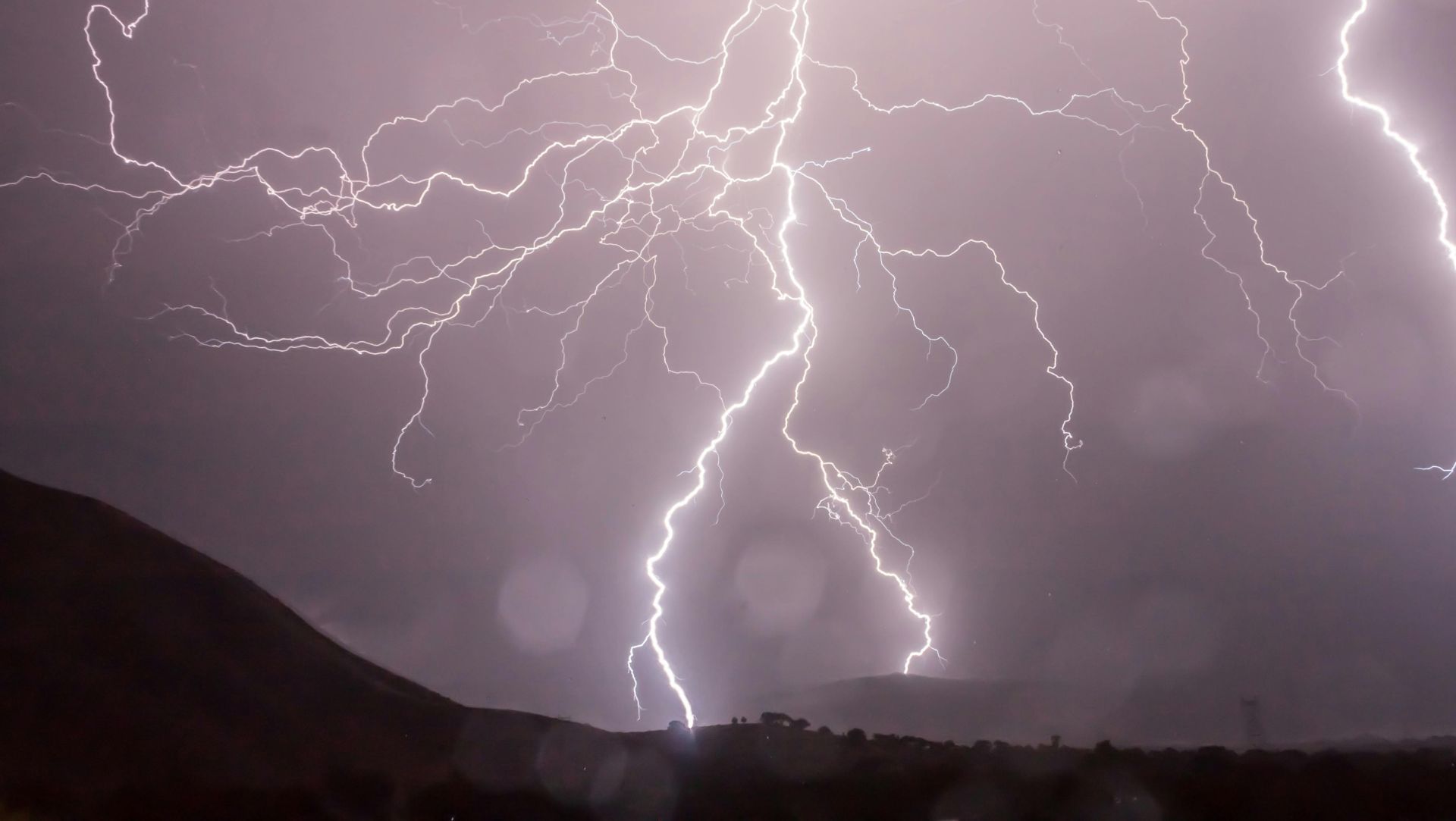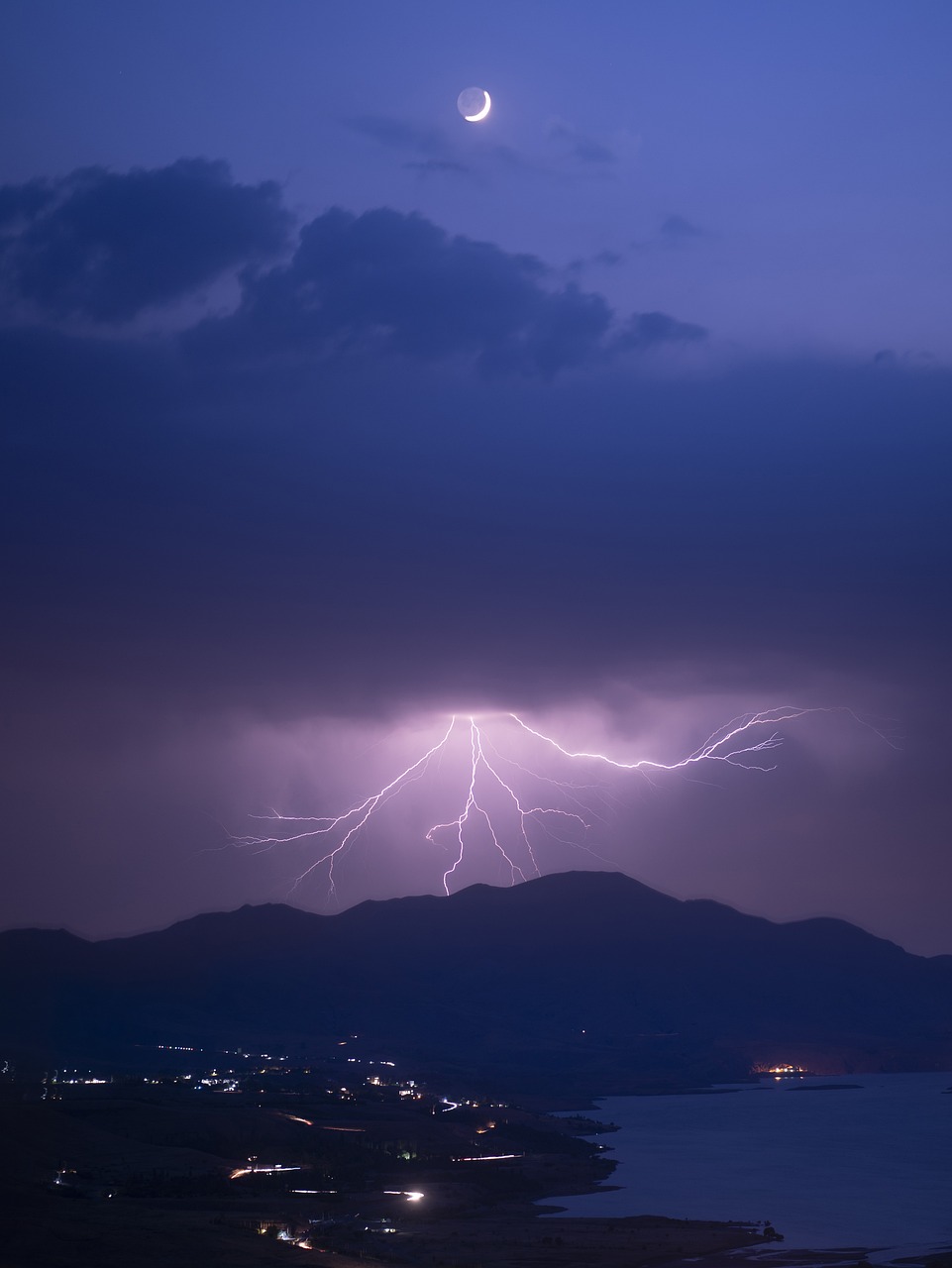
How to react and protect yourself when a storm occurs ?
Hiking can be an extremely rewarding experience, offering spectacular landscapes and close contact with nature. However, this outdoor activity can also present risks, especially when the weather changes suddenly to make way for a thunderstorm. So here are some tips to ensure your safety in such situations, without structuring the information too rigidly.
Before you go hiking, it's essential to check the weather forecast. Thunderstorms are more frequent in the afternoon, especially in the mountains where the conditions for their formation are ideal. If you're planning a hike, consider starting early in the morning to minimize the chances of being surprised by a thunderstorm.
When hiking, keep an eye on cloud development. Cumulus clouds that rise and become more and more threatening can be a warning sign of an impending storm. At this point, it would be prudent to start descending ridges or peaks, as these are high points that attract lightning. If the sky starts to rumble, don't waste time and seek shelter immediately. A sturdy building or enclosed vehicle can provide a safe haven. Avoid open shelters like trail huts or porches that don't provide adequate lightning protection.
If you are out in the open and static electricity is felt, a sign that a storm is very near, avoid lying on the ground. On the contrary, squat with your feet together and your hands over your ears to minimize contact with the ground. This position reduces your exposed area and, therefore, the risk of serious injury in the event of an indirect lightning strike. It's also wise to separate yourself from other members of the group if you can't find shelter right away. This decreases the chances of several people being affected by lightning at the same time. Keep a safe distance, ideally 50 feet between each person.
Always keep metal gear, such as hiking poles, away from you, and store electronic devices to protect them from electric shock. Once the storm seems to be going away, don't immediately resume your hike. Wait at least 30 minutes after the last thunder noise before continuing. This precaution is crucial because thunderstorms can reoccur quickly.
By following these tips, you increase your chances of enjoying your outdoor adventures safely, even when the weather is uncertain. The key is being prepared and able to adapt to changing conditions, which can greatly influence your hiking experience.








